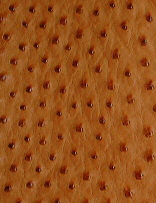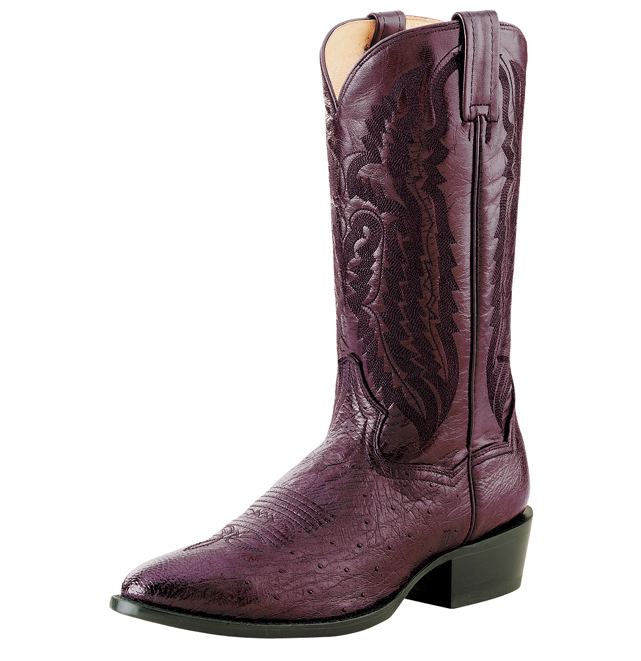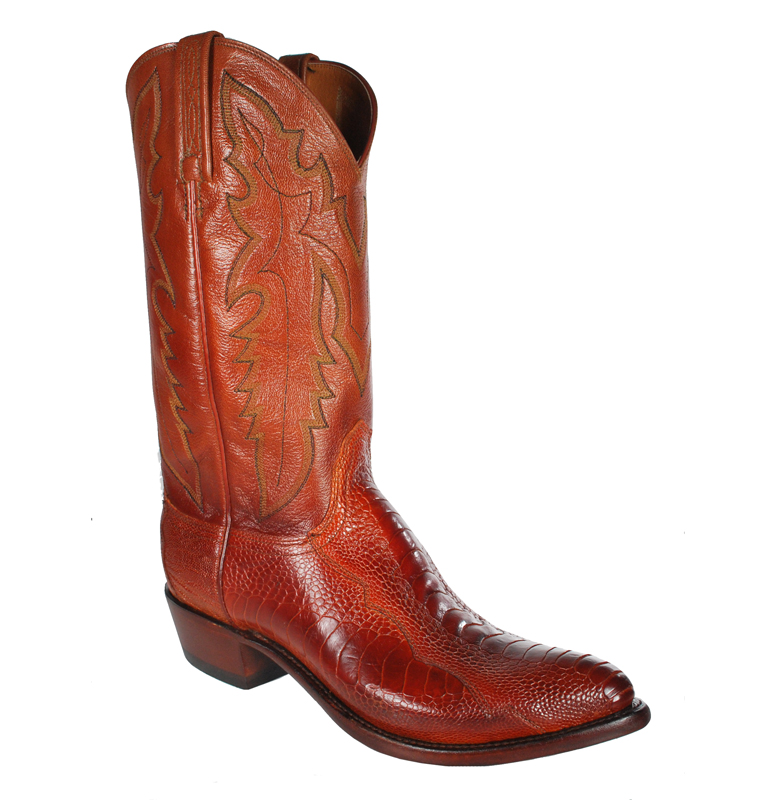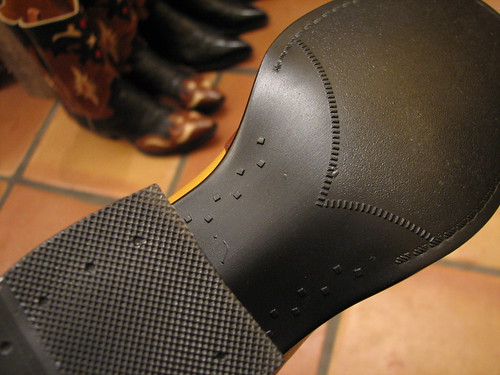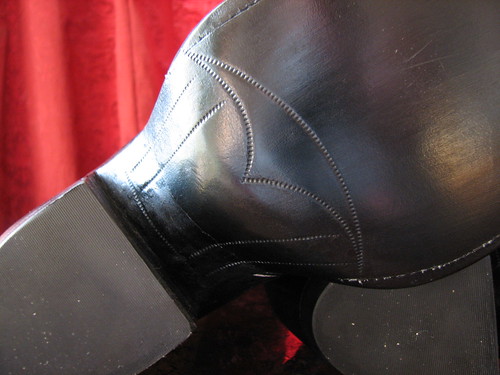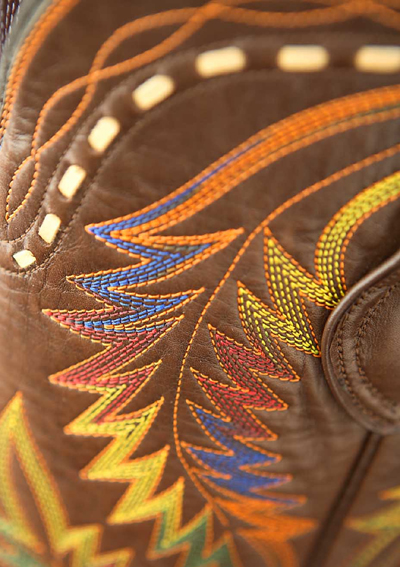Ostrich is one of the most comfortable exotic leathers money can buy.
Ostrich is soft as it is durable… and some say, it fits and flexes with your foot “like a sock with a sole.”
The photo above is a pair of boots made and worn by bootmaker, Duck Menzies (Temple, TX.) Too many ostrich boots are confined to timid colors schemes and then locked up for special occasions. Not these boots! These are comfortable everyday boots with a good punch of color. (Photo courtesy of Texas Traditions.)
Ostrich leather comes in many, many colors. Black, brown and tan are yesterday’s classic standbys, but “denim blues” and trendy greens are today’s choices to wear with your jeans.
Western retailers, like Boot Barn, now carry a large selection of ostrich boots. And don’t forget, custom cowboy boots can be long-wearing and affordable …mostly because the bottoms of the boots are made of ostrich, while the boot tops are often made with stitched or inlaid cowhide.
Exotic? No worries. You take care of your ostrich boots, the same way you do your calf or bullhide boots. Ostrich leather is very low maintenance for an exotic choice… it’s mysteriously resistant to many everyday scuffs and scratches.
Ostrich Boot Care:
- Remove any loose dirt and dust with brush or cloth.
- Clean ostrich leather thoroughly with a lanolin based leather conditioner. (The folks on my bulletin board like Bick 4.*)
- Apply a THIN coat of neutral shoe creme,* then buff or rub with a soft cloth until a luster is obtained.
- For a brighter shine, apply a thin coat of paste polish on darker colors… and buff again. (Psssst. I never do this.)
* You can buy supplies like Bick 4 and Meltonian Shoe Cream Polish online, or from your local shoe repair shop. Avoid using drugstore brands. Visit my bulletin board for more boot care advice.
There are 3 types of “ostrich” boots…
- Full Quill… like those shown in the top photo. Distinct bumps and pores. The leather looks just like what it is… a plucked bird. This skin is thick, but soft and the ostrich usually found only on the foot (vamp) of a cowboy boot, not the top.
- Smooth Ostrich… has very small, nearly flat quills. Same bird, just a different cut on the hide. If you like the texture and breathability of ostrich skin, but not the bumps… this is a fine choice. If a boot is advertised as “full ostrich” the boot top is often made of smooth ostrich. (See the black cherry boot below; click to zoom.)
- Ostrich Leg… looks a lot like a snake or lizard skin. And because these boots use a very narrow piece of hide, the resulting vamp is made with 3 sewn pieces. (See the light brown boot below; click to zoom.)
People make cowboy boots from ostrich leather, but ostriches are also farmed for their meat and feathers.
Most ostrich leather is exported from Southern Africa.
Further reading:
- Wikipedia explains the history “Ostrich Leather“
- British Domesticated Ostrich Association explains leather grading
Have something you’d like to add? Use the comments link below.


